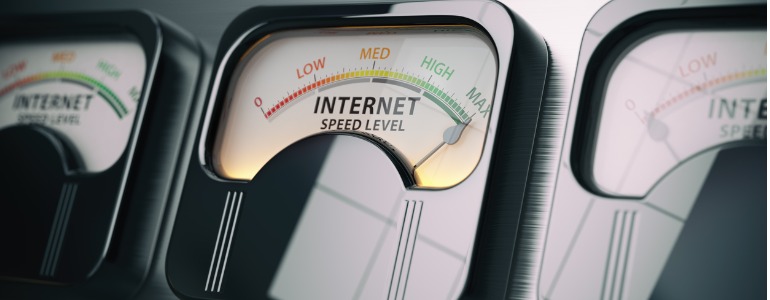When it comes to creating stress and anxiety, there are few things in this world…
Invest Tax Dollars in Your Business, Not the IRS
by Frontier Business on
Section 179 lets you write off the cost of certain equipment so you don’t have to lose money on depreciation.
Guest post by our friends over at Tax Buzz
Tips for Deducting Business Equipment with Section 179
The Section 179 deduction is one of the most powerful tax-slashing tools that business owners have at their disposal. Under most circumstances, you need to write off the cost of major tangible asset purchases like computers and machinery over a certain number of years and this is referred to as the depreciation deduction. Depreciation can be time-consuming and confusing to calculate, not to mention spreads the deduction out over several years, whereas Section 179 allows you to take up to $510,000 (2017 inflation adjusted amount) in qualified business asset purchases in the same year of purchase and placing into service (which are usually the same).
The intent of this code section is to give business owners more incentive to reinvest and not procrastinate on these purchases. For more good news, this provision of the tax code is also permanent, so it is not set to expire any time soon. However, not all investments in your business will be eligible for the deduction. Furniture and fixtures, new and used office equipment, computers (including tablets, printers, and peripherals), off-the-shelf software, SUVs weighing 14,000 pounds or less (maximum $25,000) and machinery are all eligible. Fruit bearing trees and vines (once they reach an income-producing stage) and livestock are also included. Buildings themselves, as well as land and capital improvements made to your land, like fencing and parking lots, are not eligible for immediate expensing under Section 179.
The tax reform plan currently laid on the table by the GOP intended to encourage capital investments has similar functionality to Section 179 in that it also wouldn’t include buildings and other structures, but it would include intellectual properties (IP) like copyrights and patents (Section 179 is only for tangible assets). However, a chief aspect of Section 179 that has made it palatable on a bipartisan level to stem the loss of federal revenue resulting from these major investments is that it is limited to your taxable income. The remainder would carry over to future tax years with no limits, save for the years where you incurred a loss. While the current tax reform proposal is not as audacious as the 2016 House proposal that would’ve taken down this limit with respect to capital investments (including the expensing of structures), it is something to watch for if your business is an IP-intensive one.
With the current state of Section 179, these tips can help you form an effective tax plan for your business.
Avoid making purchases at the very last minute if you’re still under the $500,000 threshold for Section 179.
Many business owners want to book as many expenses before December 31 as possible to get those deductions right now. While this works for things on your personal tax return like charitable donations and small business expenses like office supplies and professional books, it’s not true of depreciable assets. Even though you can deduct the entire cost of that new computer or machine, the date it’s placed into service is when your deduction begins. This may work for a new tablet or laptop if you’ve got business to conduct on New Year’s Eve, but isn’t likely to go in your favor for new production equipment.
Consider whether leasing equipment will help leverage your cash flow.
Some leased equipment qualifies for Section 179 treatment, primarily if the lease is structured in that you can be considered the equipment’s owner. Capital leases that have a low-cost buyout option at the end of the lease are most likely to qualify for this. You’ll save money upfront by not having to make this major cash outlay, but then you can also take a substantial deduction in the first year of the lease.
Keep excellent records of your capital investments.
Strong recordkeeping is paramount to a headache-free tax filing season and always being able to find documents you need. It is especially important for major deductions like Section 179 where you need to show how you acquired the equipment, who you bought it from, the cost, delivery date, and the date placed in service. There is a higher recordkeeping burden for Section 179 and other depreciable assets compared to day-to-day operating expenses.
Be mindful of where and whom you are buying business assets from.
Used equipment is eligible for Section 179 treatment. However, if you bought business assets from a “related person,” you can’t take a Section 179 deduction. This means your business can’t buy from you personally, but also from spouses, children, parents, and siblings.
Consult your tax professional to determine the timing of both major and minor purchases.
Planning in advance is the most important part of getting the most out of Section 179. Review whether your business is expected to have a loss or profit by year-end and how you can work the $510,000 cap and carryover to your advantage. Since the date you place assets into service is a major determinant, you should find a CPA to discuss your definitive and speculative plans for capital assets.




